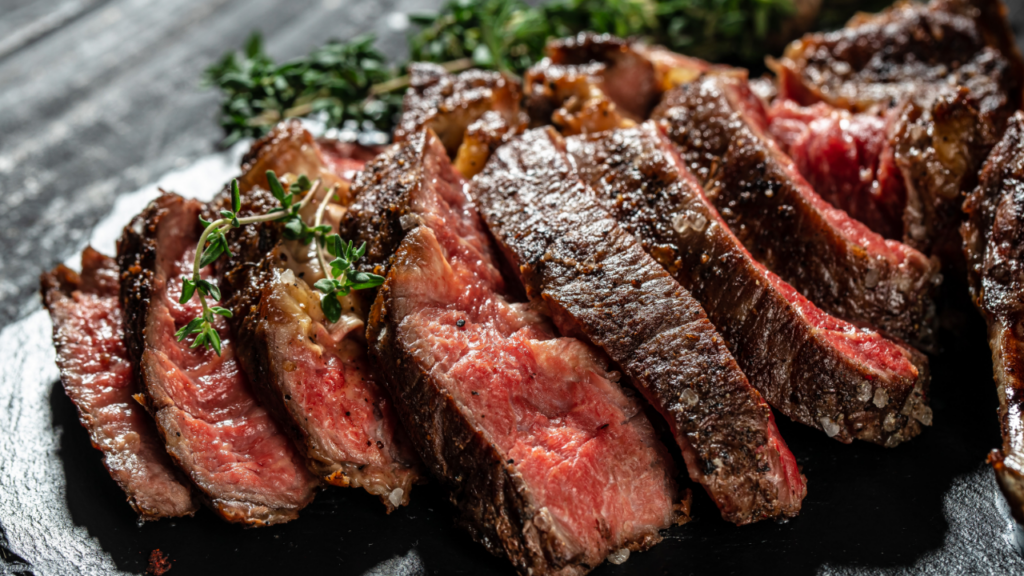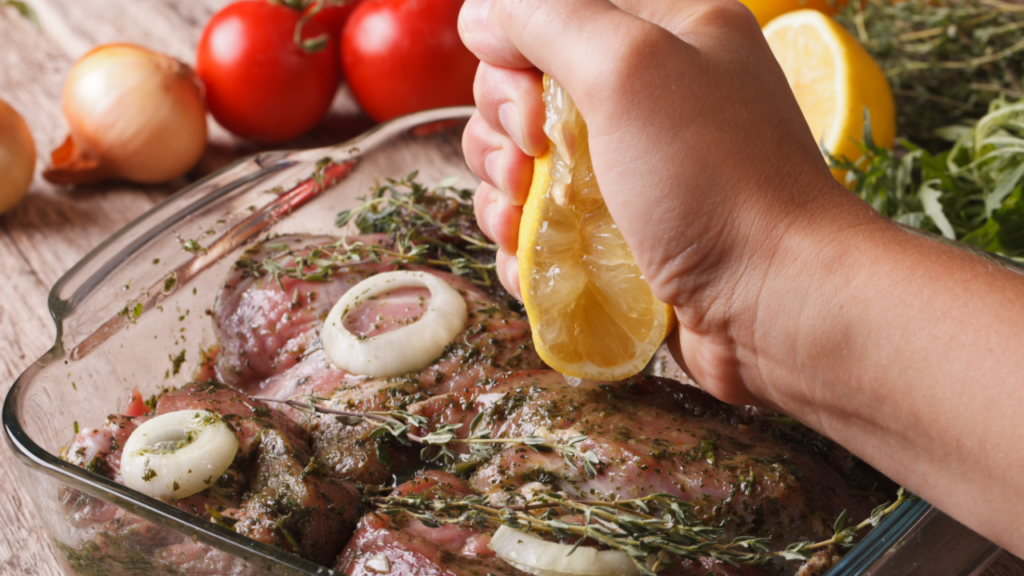Tenderizing meat is a culinary technique that can transform a tough cut of meat into a melt-in-your-mouth delicacy. While many home cooks may think of tenderizing as simply pounding meat with a mallet, the process is actually steeped in science. From the enzymes found in certain fruits to the acidic properties of vinegar, various tenderizing methods work at the molecular level to break down muscle fibers and connective tissues. This article will explore the chemistry behind tenderizing meat, focusing on how enzymes, acids, and marinades interact with proteins to create tender, flavorful dishes.
Understanding Meat Structure
Before diving into the specifics of tenderizing, it’s important to understand the basic structure of meat. Meat is composed of muscle fibers, connective tissue, and fat. The muscle fibers, primarily made up of proteins like actin and myosin, are responsible for the toughness of meat. Connective tissue, which includes collagen and elastin, holds these fibers together.
- Collagen is the most common protein in connective tissue. When exposed to heat, collagen breaks down into gelatin, which contributes to the tenderness of slow-cooked dishes like stews and braises.
- Elastin, on the other hand, does not break down easily during cooking, which is why it’s often associated with tougher cuts of meat.
The goal of tenderizing is to break down these proteins and connective tissues, making the meat softer and easier to chew.
For a deeper understanding of how proteins behave under heat, check out our article on protein denaturation and the Maillard reaction.

The Role of Enzymes in Tenderizing
Enzymes are natural catalysts that speed up chemical reactions, and they play a significant role in the tenderizing process. Certain fruits, such as pineapple, papaya, and kiwi, contain enzymes that can break down proteins in meat.
- Papain: Found in papaya, papain is a powerful enzyme that breaks down tough muscle fibers and collagen. It’s often used in commercial meat tenderizers.
- Bromelain: This enzyme, found in pineapple, works similarly to papain. It’s particularly effective at breaking down collagen, making it an excellent choice for tough cuts of meat like flank steak or brisket. Learn more about bromelain and its uses in cooking.
- Actinidin: Found in kiwi, actinidin is another enzyme that can help tenderize meat. It’s slightly milder than papain and bromelain, making it a good option for more delicate cuts of meat like chicken breasts.
Practical Application: To use these enzymes, simply incorporate the fresh fruit or its juice into a marinade. For example, marinating a tough cut of beef in pineapple juice for a few hours can significantly improve its tenderness. However, it’s important not to marinate for too long, as these enzymes can turn the meat mushy if left to work for too long.
Acidic Marinades: How They Work
Acidic ingredients are another common method for tenderizing meat. Vinegar, citrus juices (like lemon or lime), and yogurt are all acids that can break down proteins in meat, making it more tender.
- Denaturation of Proteins: Acids cause proteins in the meat to denature, or unravel, which helps to soften the meat. This process is similar to what happens when you cook meat, but it occurs at a much slower rate and without heat. For more on how acids affect proteins, you can read this detailed article on protein denaturation.
- Collagen Breakdown: While acids primarily affect muscle proteins, they can also contribute to the breakdown of collagen. This is why acidic marinades are often used for tougher cuts of meat that require more tenderizing.
Balancing Act: While acids can be effective tenderizers, they can also make the meat tough and dry if used improperly. For example, marinating chicken breasts in a highly acidic solution for too long can cause the proteins to contract too much, squeezing out moisture and resulting in a rubbery texture.
Practical Application: To use acids effectively, balance them with other ingredients like oil, herbs, and spices. For instance, a classic marinade for grilled chicken might include lemon juice, olive oil, garlic, and oregano. The oil helps to coat the meat and prevent it from drying out, while the acid works to tenderize it.

Conclusion
Understanding the chemistry of tenderizing meat can significantly enhance your culinary skills and improve the quality of your dishes. By employing methods that involve enzymes, acids, and marinades, you can effectively break down tough muscle fibers and connective tissues, resulting in tender and flavorful meat. Whether you’re using papain from papayas, bromelain from pineapples, or acidic solutions like vinegar and lemon juice, each technique offers unique benefits and applications.
Armed with this knowledge, you can make informed decisions about how to prepare and cook different cuts of meat, ensuring optimal tenderness and flavor. Experiment with these methods to discover which techniques work best for your favorite recipes.
Explore More: For additional insights and practical tips on meat preparation, visit our full blog and dive deeper into the science of cooking. Check out our wireless meat thermometer the Meat°it 3 for the perfect result, everytime.
